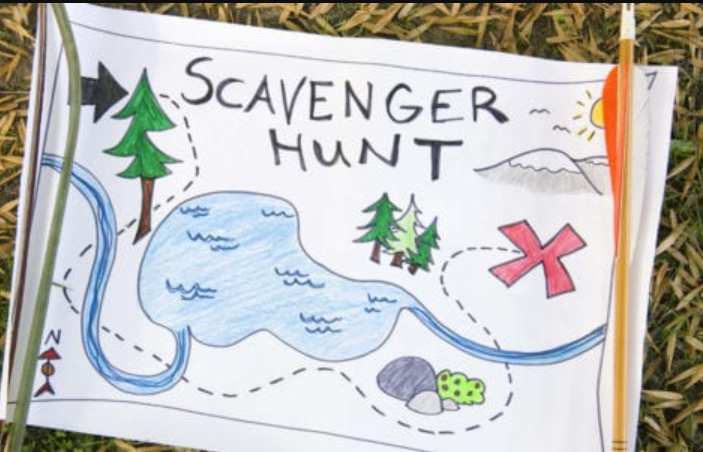Learning and Teaching

Learning at Home
Thank you to our teachers for their amazing efforts in providing home learning for our students this term.
Thank you to parents for working in partnership with the school to ensure that learning continued for all students. We hope that this time of home learning has given families some insight into learning at Holy Family School.
We look forward to having all students back on site next week!
Suzanne Deefholts
Learning and Teaching Leader
Literacy
There are many comprehension strategies children can use to help them understand what they read. These Reading Response Sentence Starters are a great way of checking your child’s understanding of a text
Prior Knowledge Readers use what they already know to respond to their reading.
| Making Predictions Readers use what they know and have read to think about what is going to happen next.
|
Asking Questions Readers think about their reading and ask questions about it: Who? What? When? Where? Why? How?
| Visualising Readers picture what is happening while they are reading.
|
Inferring Readers ‘read between the lines’ and make an educated guess using their knowledge and text evidence.
| Summarising Readers identify the most important ideas of what they read and restate them in their own words.
|
Simone Crist
Literacy Leader
Maths to get your kids Moving!
We have all had to spend a lot of time inside in front of screens over the past 6 weeks so here are some maths activities to get your kids up and away from screens for a while.
- Roll the dice to count and move. Get your child to practise with counting and addition or multiplication using action dice. Roll a pair of dice and call out an action (like, jump, hop, squat). Have your child add or multiply the dice (you could do this with subtraction too) and complete the activity the number of times shown.
- Run a card race. Stick a mixed up series of playing cards to the floor and challenge kids to see who can correctly make their way from start to finish the fastest. Kids can race side by side, or work independently to beat their own best time.
- Head out on a scavenger hunt. Create a map of your house or yard (or even better – have kids help you do it). Then choose places for them to visit to find notes or small prizes.
- Count and learn on a nature walk. Take an outdoor stroll and practice basic math along the way, e.g you have seen 3 yellow flowers, now count the pink flowers and add them to your total.
- Hunt for shapes in the world around you. So simple and so fun! Give your child a sheet of paper with shapes on it to find as you go for a walk. Each time they find the shape, have them trace it on their sheet and then make a mark to keep track of how many times they’ve seen it.
- Aim and throw to practice math skills. Draw a target with a different number for each ring on a piece of paper and stick it up on a wall. Have your child throw a ball at the target and keep a running tally of the scores they hit.
Lea Drury
Mathematics Leader


